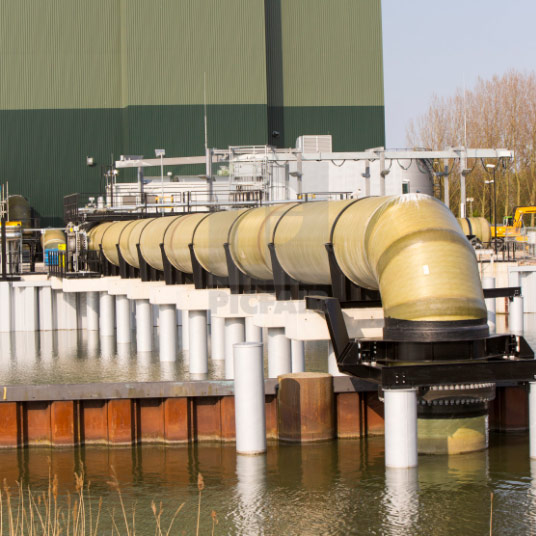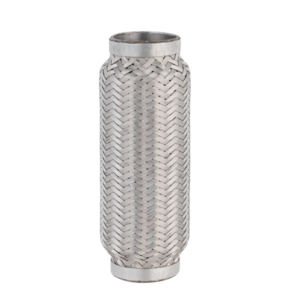Combined Heat and Power
A combined cycle power plant is an assembly of heat engines that work in tandem from the same source of heat, converting it into mechanical energy.
WHAT IS COMBINED POWER?
A combined cycle power plant is an assembly of heat engines that work in tandem from the same source of heat, converting it into mechanical energy. On land, when used to make electricity the most common type is called a Combined Cycle Gas Turbine (CCGT) plant. The same principle is also used for marine propulsion, where it is called a combined gas and steam (COGAS) plant. Combining two or more thermodynamic cycles improves overall efficiency, which reduces fuel costs.
The principle is that after completing its cycle in the first engine, the working fluid (the exhaust) is still hot enough that a second subsequent heat engine can extract energy from the heat in the exhaust. Usually the heat passes through a heat exchanger so that the two engines can use different working fluids.
IMPORTANCE
By combining both gas and steam cycles, high input temperatures and low output temperatures can be achieved. The efficiency of the cycles adds, because they are powered by the same fuel source. So, a combined cycle plant has a thermodynamic cycle that operates between the gas-turbine’s high firing temperature and the waste heat temperature from the condensers of the steam cycle. This large range means that the Carnot efficiency of the cycle is high. The actual efficiency, while lower than the Carnot efficiency, is still higher than that of either plant on its own.
The electric efficiency of a combined cycle power station, if calculated as electric energy produced as a percentage of the lower heating value of the fuel consumed, can be over 60% when operating new, i.e. unaged, and at continuous output which are ideal conditions. As with single cycle thermal units, combined cycle units may also deliver low temperature heat energy for industrial processes, district heating and other uses. This is called cogeneration and such power plants are often referred to as a combined heat and power (CHP) plant.
WHAT WE DO FOR GAS TURBINES OF COMBINED POWER PLANTS
The basic operation of the gas turbine is like that of the steam power plant except that air is used instead of water. Fresh atmospheric air flows through a compressor that brings it to higher pressure. Energy is then added by spraying fuel into the air and igniting it, so the combustion generates a high-temperature flow. This high temperature high-pressure gas enters a turbine, where it expands down to the exhaust pressure, producing a shaft work output in the process.
Ayvaz produces, expansion joints with combined axial and lateral movement absorption capacity for the power conversion systems. Ayvaz has a huge range of single and double bellowed expansion joints are to be used at the exhaust lines of the Gas turbine which are used to absorb the thermal expansion of the exhaust pipelines as a result of produced exhaust gases with high temperature and high velocity.
Expansion joints to be used at Gas turbine exhaust lines are completed with stainless steel internal sleeves in order to maintain service security due to high velocity of the exhaust gas.

OUR PRODUCTS FOR COMBINED HEAT AND POWER
Ayvaz offers different types of products for Combined Power





